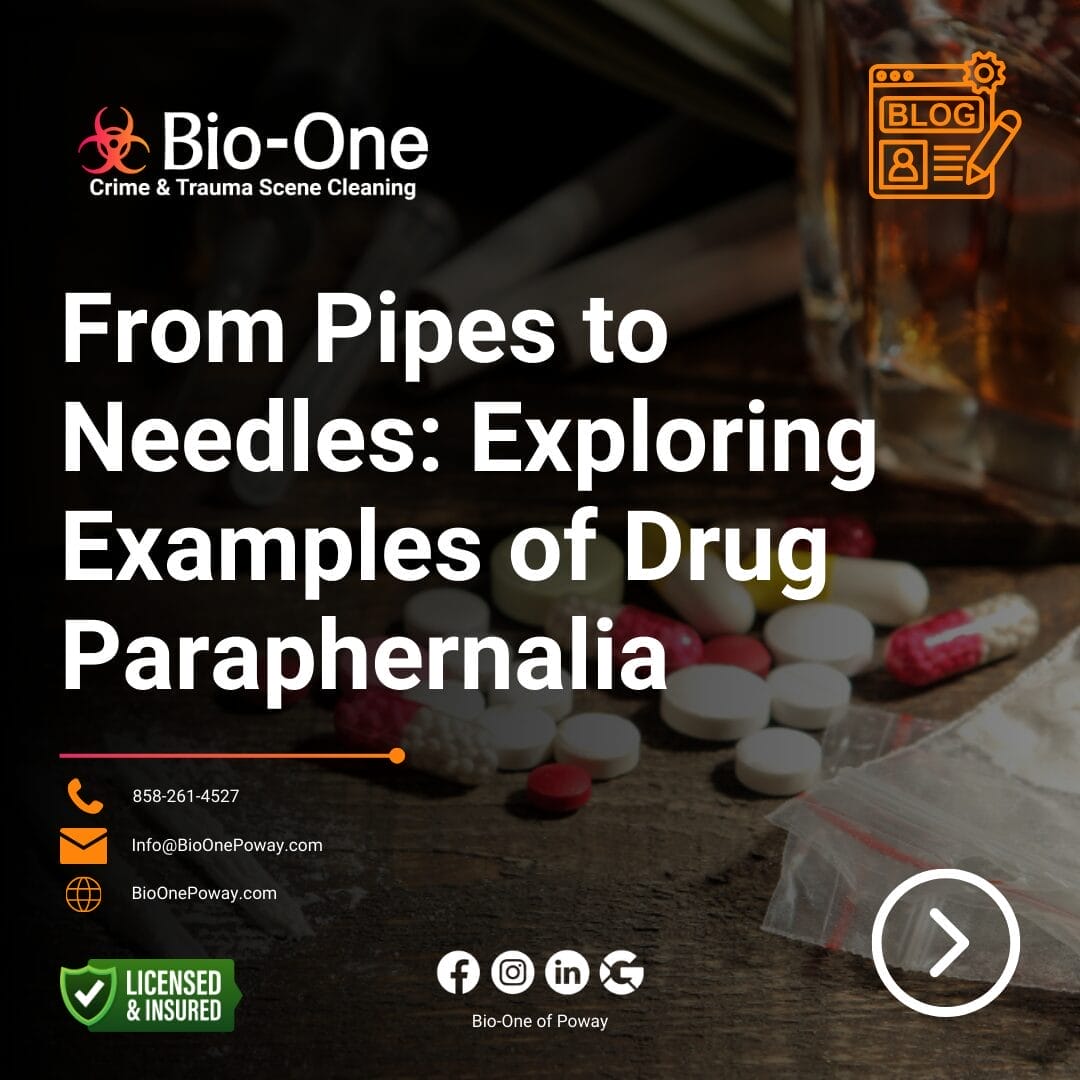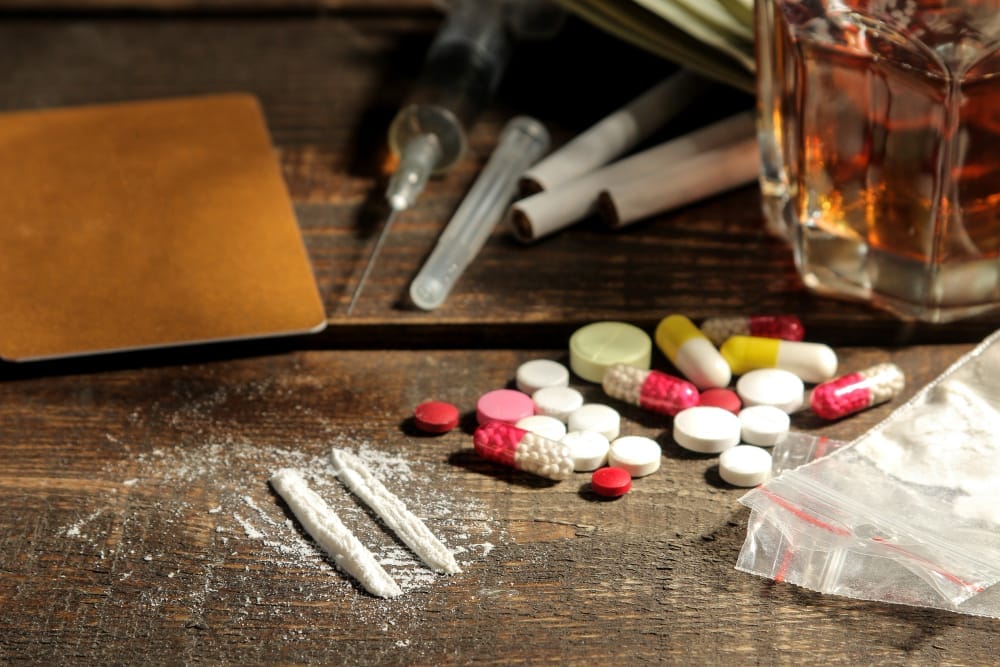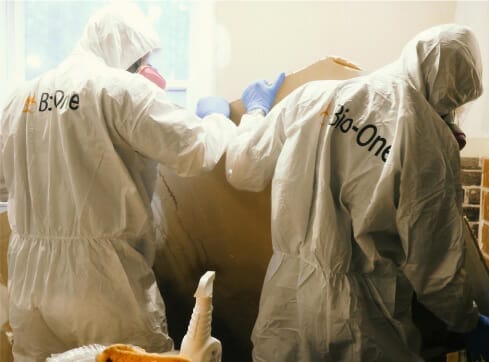
People use drug paraphernalia to consume or prepare drugs. These items come in many forms and can consist of various materials. With drug addiction being a global problem, recognizing drug paraphernalia and understanding the risks associated with it becomes a priority for anyone potentially exposed. In this blog post, we explore different examples of drug paraphernalia, their purpose, and the dangers that come with exposure to them.
- Pipes: Pipes come in different shapes and sizes, including glass, metal, and plastic. Exposure to used pipes can be hazardous, as they may contain residual drugs and other harmful chemicals.
- Needles: Needles are used for injecting drugs such as heroin and methamphetamine. They can transmit bloodborne diseases like HIV and hepatitis when shared.
- Lighters: Lighters are used to ignite pipes and other smoking implements. They can contain residue from the drugs or substances used, which can pose risks to unsuspecting individuals.
- Spoons: Spoons are used as a makeshift container for drugs, especially heroin. They can transmit bacteria and viruses, especially if shared.
- Rolling Papers: Rolling papers are used to make cigarettes filled with drugs like marijuana. Manufacturers often flavor these substances to mask the drug's taste, thereby making them appealing to children. Exposure to drug residue on rolling papers can cause health problems, especially in young children.

Dangers of Exposure to Drug Paraphernalia
Exposure to drug paraphernalia can pose significant health risks, especially for children and pets. Drug paraphernalia contact can present several dangers:
- Drug Residue: Residue from drugs or other harmful substances may linger on drug paraphernalia. When ingested or absorbed through the skin, this residue can trigger adverse health effects.
- Needlestick Injuries: Used needles can cause needlestick injuries, which can transmit bloodborne diseases.
- Risk of Overdose: When individuals ingest or absorb this residue through their skin, it can lead to adverse effects on their health. If children reach and accidentally use syringes, pipes, and lighters left within their grasp for administering drugs, they could suffer a drug overdose.
- Injuries: Broken glass from pipes or burns from heated spoons.
- Transmission of Infections: Sharing drug paraphernalia increases the risk of transmitting infections such as HIV and hepatitis B and C.

Bio-One of Poway Can Keep You Safe
These are just a few examples of drug paraphernalia. These materials come in many forms and can pose a significant risk to individuals who come in contact with them. It is important to recognize these items and take appropriate measures to dispose of them safely. Exposure to drug residue can lead to various health issues, including addiction, respiratory problems, and bloodborne diseases.


